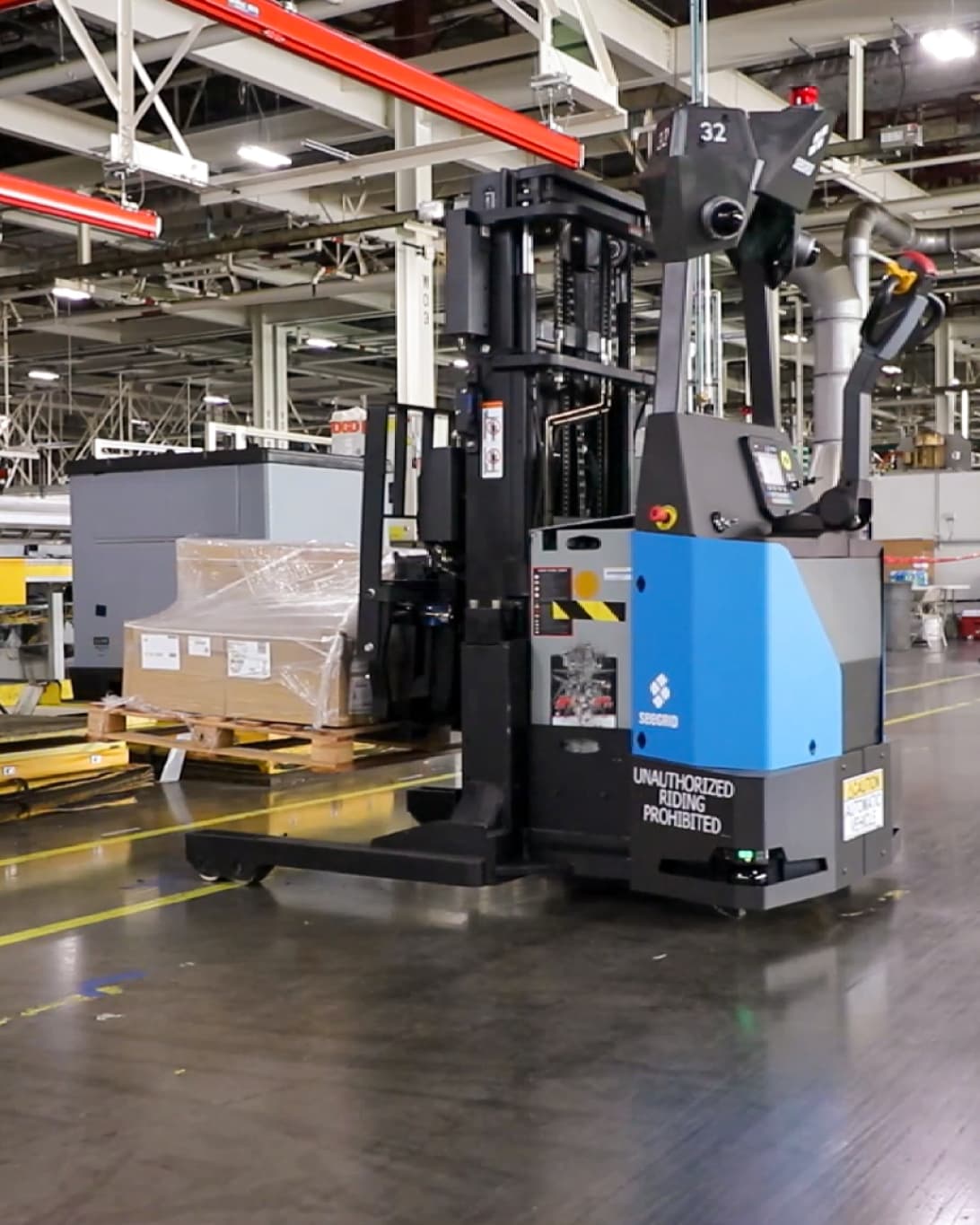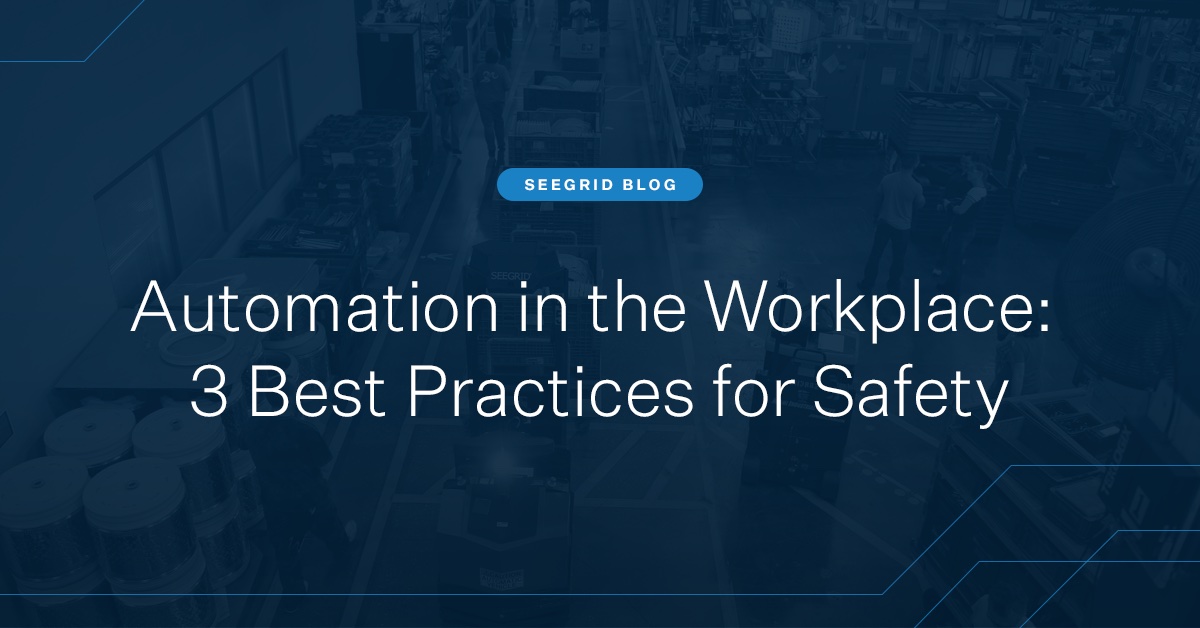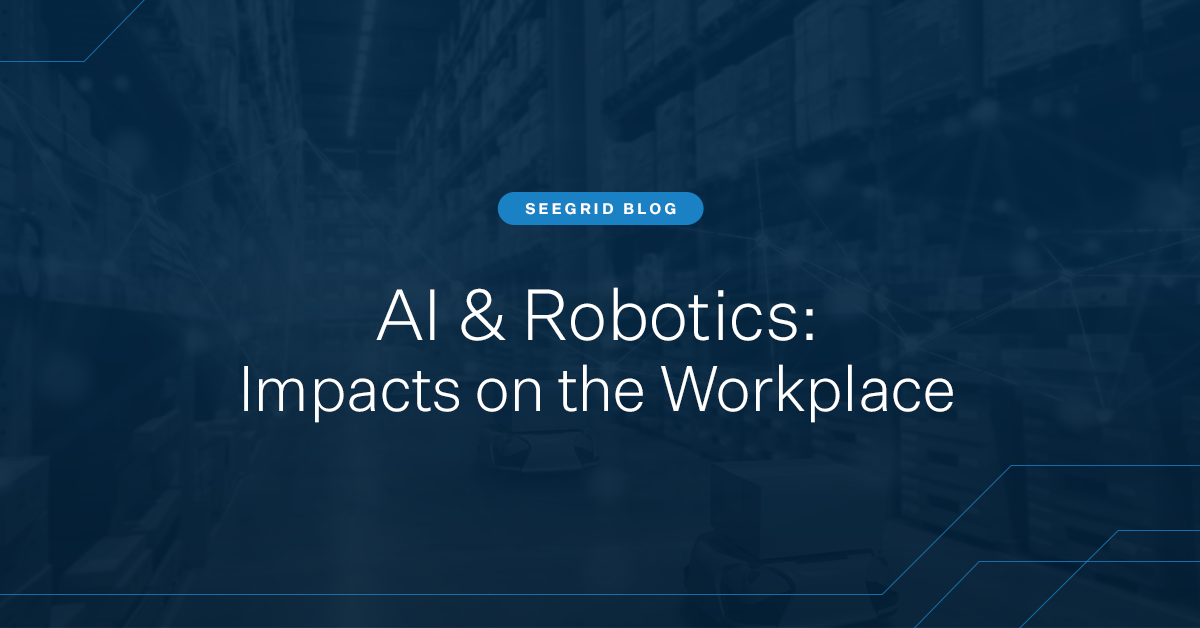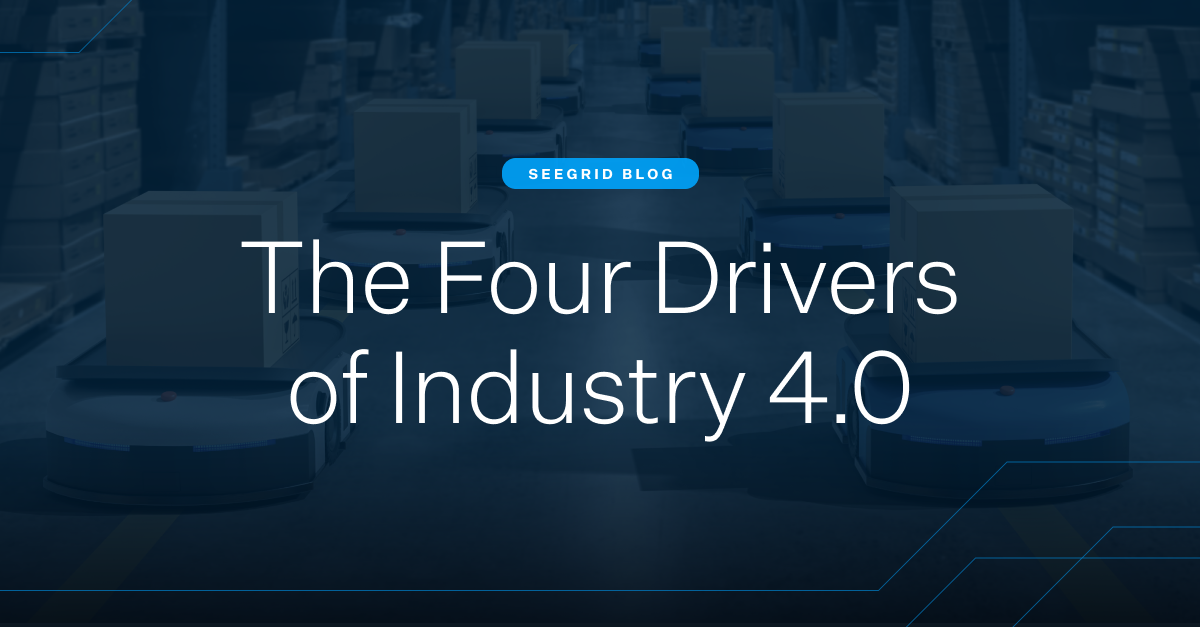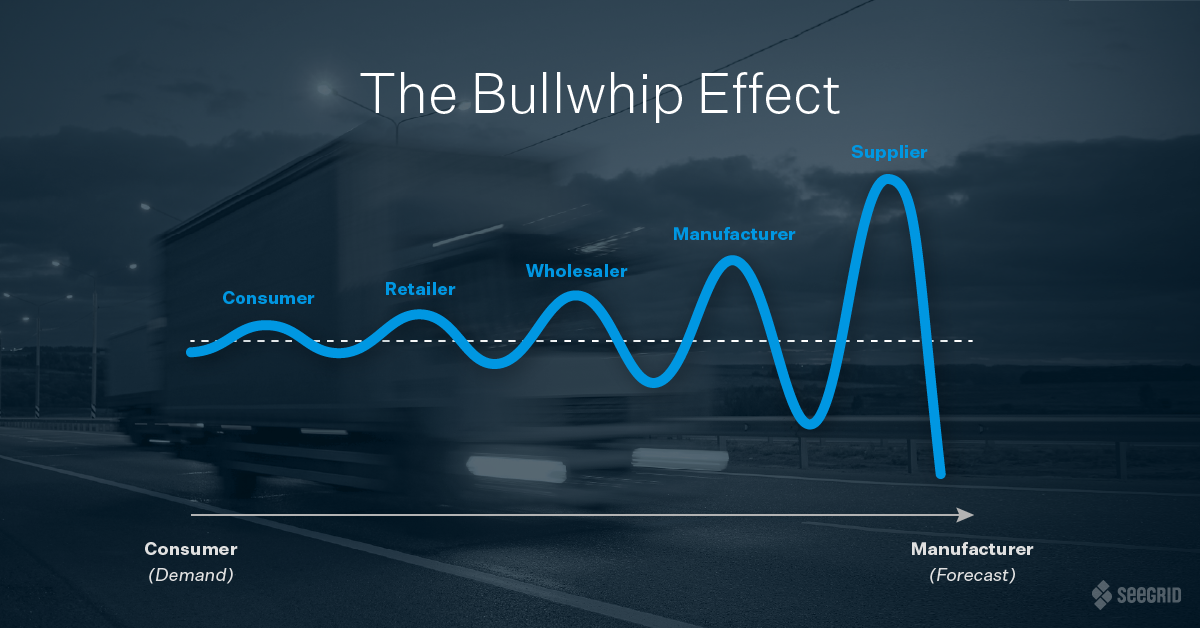Automation in the workplace is now accessible to material handling facilities of all types and sizes. With shrinking labor pools, constantly evolving customer behaviors, and heightened expectations and demands, autonomous mobile robots (AMRs), artificial intelligence (AI) solutions, and automated system management tools are crucial and beneficial, especially in terms of reducing human error and costs, increasing productivity, and improving safety.
How can warehouses, manufacturing facilities, and other industrial operations ensure they’re maximizing their safety potential? Here are three best practices to increase safety while enhancing efficiency in your operation.
1. Safety Systems
Safety is always a top concern any time manual forklifts and people are operating in the same space. In fact, there is a 90% chance that a manual forklift will be involved in at least one injury or fatality during its service life. Within busy, dynamic environments, like manufacturing, warehousing, and logistics facilities, safety and ergonomics equipment such as safety gates, motion sensors, 5S visual management systems, and guard rails help keep your employees safer and more productive.
The advantages of safety systems are:
- They’re inexpensive.
- They’re easy to understand.
- Safety systems can reinforce the safety training already in place and lead to a safer organization that runs at peak efficiency.
The safety of the workforce should always be the number one priority. The policies and safety systems put in place should complement the workplace automation solutions and training to enhance the facility’s workflow.
2. Safety Automation
Automation technology such as autonomous mobile robots (AMRs) can make warehouse operations safer by automating potentially dangerous tasks that would otherwise be handled by employees. Manual labor and repetitive, mundane tasks often take an ergonomic toll on human workers. By leaving the hazardous jobs to AMRs and automation solutions, it reduces the need for workers to be present in dangerous areas like palletizing, transporting of materials, battery charging, and other operations where people are exposed to heavy machinery, potential hazards, and physically demanding jobs.
When AMRs take on the potentially hazardous tasks in a facility, human workers can be redistributed elsewhere to safer areas that offer more mentally stimulating work. In turn, these more cognitive tasks lead to higher job satisfaction and better employee retention, which is key as labor pools are shrinking.
3. Safety Training
Safety training is your first line of defense against costly and dangerous errors. Partner with an automation vendor who offers ongoing hands-on training that’s specific to your automation solutions. Employees should feel confident working alongside robots in order to get the most out of their capabilities, understanding that the AMRs are creating a safer work environment and boosting productivity. Seegrid’s training, service, and support teams provide classroom-style sessions, online learning resources, and hands-on training to all employees responsible for operating, managing, and reporting on the success of the AMR fleet.
It is important that all human workers have access to training to reinforce old skills, learn new capabilities, and stay up to date with new safety requirements. Facilities and workflows are constantly changing, so keeping current on safety training and expectations is key in achieving an accident-free workplace.
Technological Advances, Competitive Advantage
As automation technology takes on hazardous manual processes and allows human workers to relocate to safer, more cognitive positions, facility managers can look forward to gaining a competitive advantage. Automation in the workplace propels distribution and manufacturing operations forward. In addition to running at peak performance, automation technology will improve your warehouse safety.
Seegrid Palion AMRs have driven millions of miles without a single personnel safety incident. Ensure that when you implement AMRs and other warehouse technologies that you follow safety best practices and invest in the right safety automation equipment. Ultimately, sound safety systems, intelligent automation, and continual employee safety training will enhance your operational productivity and promote employee well-being.
Download this infographic to discover why leading companies rely on Seegrid to tackle hazardous work in their dynamic environments.
